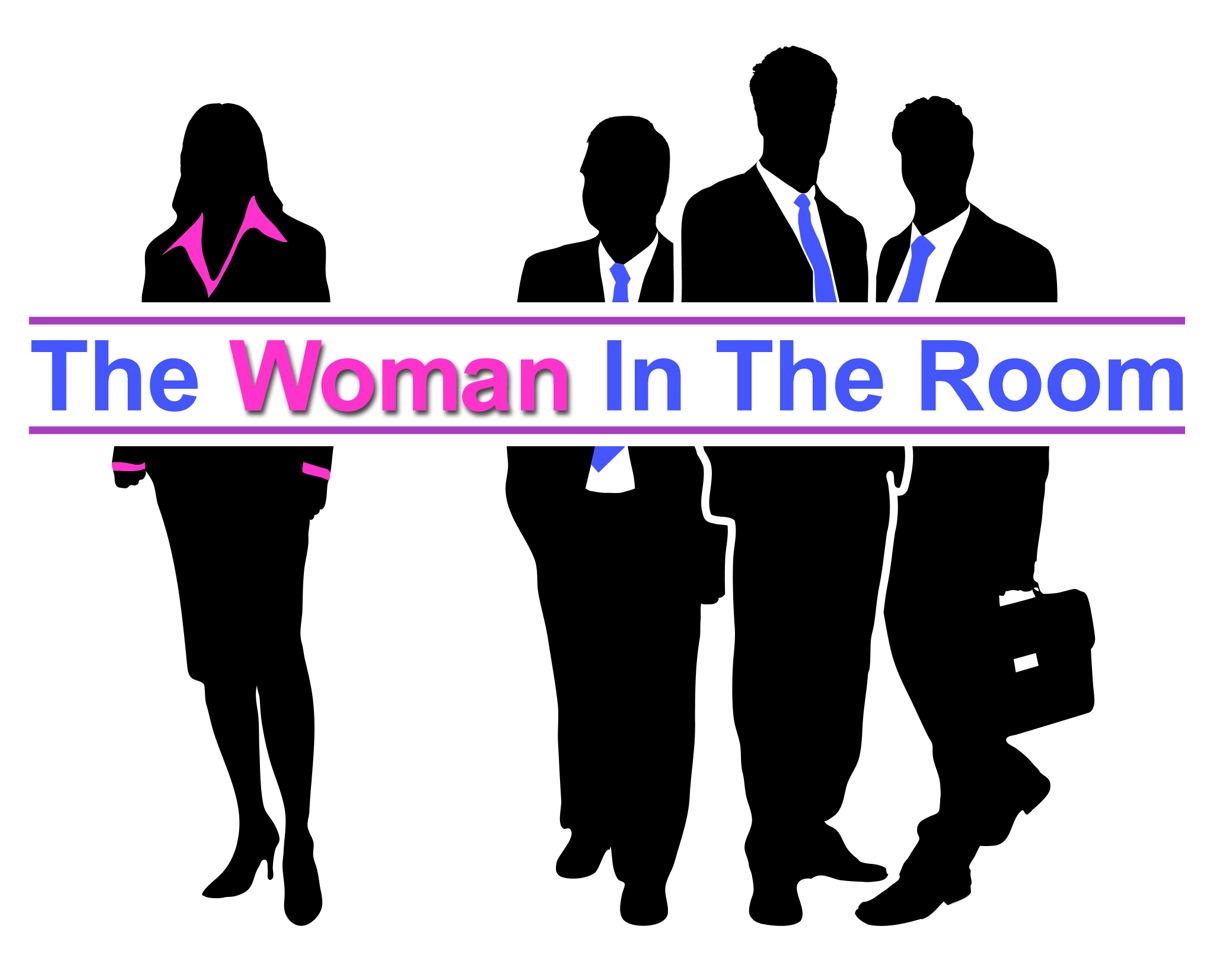How Blue Is Your Workplace?

Let’s start by clarifying that the 21st century male-dominated workplace is not the same as the 1960’s where women were secretaries, fetched coffee, and were called “Honey.” It doesn’t have a frat house or sports bar mentality . It doesn’t actively hold women back or believe in stereotypes.
Today’s Blue Zone or male-dominated workplace is one where the culture remains embedded in male characteristics and believes male characteristics set the superior standard. It doesn’t value Pink Zone characteristics simply because it has never been taught, so therefore has absolutely no concept of how they work with Blue Zone characteristics to create wholeness.
For the most part, the men who work in the Blue Zone are a great group of guys with a wide range of personalities. They conduct business according to the Blue Zone principles they were taught – they believe this is how business is done and how you get ahead. They don’t think there is anything “wrong” in what they are doing and they are right. However, what they don’t know is that what they are doing is incomplete and therefore they and their workplace are under-performing their potential.
A woman identifies a Blue Zone workplace by the way it makes her feel. She notices small differences between herself and her male colleagues even if she can’t articulate what they are. Those differences make her feel a bit awkward and uncomfortable – like she doesn’t quite fit in. She notices the workplace is “very male.” She wonders if her male colleagues notice the differences too and if it diminishes their opinion of her.
She notices how few women there are, especially if she is in a non-traditional role. She wants to talk to the other women but she questions if she should. The other women who are her peers and in similar roles are scattered about in other departments and she has little “professional” reason to talk to them. If she does how will her male colleagues interpret that? Will she be reinforcing a stereotype?
She could talk to the women in traditional roles in her immediate workplace, but again she wonders if she does will her male colleagues will think less of her professionally? She feels she has to be careful how she is perceived. She feels like she has to walk on eggshells at work.
She forms good relationships with some of her male colleagues but they are the men who have plateaued in their careers. They don’t have the right connections to help her get ahead. She can’t figure out how to connect within her workplace so she is given opportunities to showcase her abilities. No matter what her aspirations are to do more and move up, she feels she is being overlooked.
Eventually she is selected to attend a professional development course and she has new hope – she is being noticed! But once in the training, it becomes clear who among her male peers will benefit from the training. It is obvious who the “Golden Boy” with all the right connections is. She doesn’t understand what is so special about him because his work isn’t all that spectacular.

The male-dominated workplace makes women question themselves.
She increasingly questions “her fit” into her workplace. What confuses her even more is that she doesn’t feel like she is expected to be a stereotypical woman. Some of her male colleagues even compliment her for her career choice. Their compliments compound her confusion. She is lost as to who she is supposed to be in order to get ahead.
She begins reading about women in the male-dominated workplace and learns that she is a “masculine woman.” She accepts that “she is more like a man than a woman.” She starts to identify with stereotypical male traits. She becomes “one of the guys” in hopes that if she is no longer seen as a “woman” her career will take off. But it doesn’t. And when she is honest with herself, she admits that the masculine woman persona doesn’t fit who she truly is.
She is unhappy and questions her career decisions. She longs to feel appreciated for who she is and receive acknowledgement that she can do more and be more. Self-doubt creeps in. She makes a job/career change hoping for a better fit. When she leaves, a sense of failure casts a shadow the feeling of joy for the new opportunities in her future.
(As I wrote this, I was amazed at how many women I thought of.)
Given the way women feel, it is easy for women to conclude that the typical male-dominated workplace rejects women or has a bias against them. But it doesn’t. It just feels that way to women because our inherent female need to work within a group and contribute to a team aren’t being met.
When we entered the male-dominated workplace we had expectations – we expected everyone to be working together to get things done. But no one worked with us. This made us feel ostracized and rejected by our male colleagues.
We don’t understand that our feelings are really derived from our misunderstanding of how the male-dominated really functions. We see it through the narratives we were taught that were written decades ago. We don’t know that these narratives are erroneous because instead of being written by women with extensive experience in the male-dominated workplace, they were written when women still stood outside the workplace. As women looked in from the outside, we saw the male-dominated workplace the way we needed it to be – as the male proving ground where men compete with each other for top status. Therefore, our narratives completely missed how Autonomy is the driving force of the Blue Zone.
For women, it is better to measure our acceptance by how much talking and BSing we do with our male colleagues and they do with us. If they routinely invite us to lunch then we are part of the group because lunch is the most important group ritual. If we question our relationships, then a simple cure is to bring food into work – especially homemade food. Food in the male-dominated workplace has almost magical powers but many women avoid this solution because they fear its association with domesticity. But that fear exists in women’s perceptions, not men’s.
We always have to remember that our male colleagues’ perceptions come from the Blue Zone while women’s come from the Pink Zone and/or an Erroneous Blue Zone. Therefore we see the workplace from two different perspectives.
- Management credits an individual for accomplishments and successes. Team recognition is secondary, an afterthought or forgotten altogether. “Team” and “teamwork” sound forced and like business jargon.
- Mistakes, failures or unrealized goals are blamed on an individual, usually someone low in the hierarchy. People are afraid of being blamed.
- People hide their mistakes, unfinished work and lack of knowledge on how to do their job.
- Management seeks to have “A-Players.”

- The workplace has slogans such as “Our People Make the Difference” or “The Right People Make All the Difference.”
- Men are in action oriented roles such as sales and operations that have a direct financial impact. Women are in support and secondary functions where the impact on the bottom line is difficult to quantify.
- When a problem persists the solution is to assign more people to it.
- Management believes growth will come from having employees with the right connections. Management hires people based on their connections, not their knowledge or performance.
- You have no idea what your supervisor or manager really does all day.
- The supervisor or manager assigns tasks but doesn’t follow up.
- If you have a question about your task, you aren’t sure who to ask. If you do ask you don’t get a clear answer, leading you to believe the person you asked didn’t know either.
- Senior managers have big, strong, highly opinionated personalities.
- Managers have minions who dominate over other employees. The career of minions are on the fast track.
- The workplace organizational structure is defined by functional silos.
- Disputes between functional areas must be resolved high into the management ranks. Resolution takes a long time if it happens at all.
- Managers state they “don’t get down in the weeds.”
- Management interaction with the workforce is scheduled, not natural.
- Interaction between senior management and the workforce is awkward and doesn’t go beyond superficial topics.
- The workforce doesn’t feel management “really gets” the problems they face on a daily basis.
- Senior Management holds town halls to discuss what senior management is doing and their strategic plans but not issues important to the workforce.
- Employees don’t know how their job or assigned task fits into the big picture and they don’t care. They just keep their head down to make it through their day.
- There is disorganization. Timelines are not met. Chaos and crisis management are standard operating procedure. There is a lot of frantic last minute activity to meet a strict deadline.
- There are quality issues.
- Problems show up where tasks, functions, information and jobs intersect or overlap.
- Management doesn’t believe skills are transferable between functional areas or silos. People are pigeon-holed and must accept their pigeon-hole.
- The workplace employs sink-or-swim training.
- There are a lot of worthless meetings and conference calls.
- If a problem is brought up during a meeting, there is a lot of discussion, as everyone interjects their opinions and views. However, the problem isn’t solved in the meeting. The problem is assigned to an individual to take care of and report back at the next meeting.
- There are closed door meetings that make you suspicious and wary.
- The people who plan work don’t involve the people who execute the work in their planning. When the people who execute work encounter a problem they don’t involve people who plan work.
- The workplace is action oriented and there is little time for planning. This is justified by saying that no planning effort is perfect and corrections will always be needed. The workplace believes the ability to make quick decisions and direct corrections on the fly are desirable traits.
- Finishing a major project or task is difficult. The last 5% takes almost as long as the first 95% because it involves solving all of problems that were pushed aside or ignored.
- Unfinished tasks or projects are pushed aside to start something new.
- Unresolved problems are left until they are overcome by events (OBE) and no longer require solving.
- There are more tasks from multiple sources than can be accomplished. Priorities are unclear so they are established by who screams the loudest (the squeaky wheel gets oiled.)
- Management initiatives to correct workplace issues are rolled out with great fanfare. The initiatives don’t make it down to the workforce level and quickly fade away.
- There is a lack of standardized practices and procedures. Attempts to standardize meet with resistance or revolt.
- Workplace performance goes through good and bad times, highs and lows, feasts and famines.
- The men rely upon the women in the office to keep them organized.
- Women “clean-up” after the men by finishing tasks that aren’t their responsibility just so it gets done.
- Senior management sees the company through rose colored glasses and all employees are expected to wear the same rose colored glasses.
- Employees are warned not to bring up serious or difficult issues to senior management.
- The men have a lot of “discussions” that are really BS sessions. Their discussions don’t include coordinating work or solving workplace problems.
- There is a high level of stress and frustration.
- Employees have a lot of health issues – diabetes, high blood pressure, heart issues, alcoholism and drug abuse.
- Personnel issues are ignored or not dealt with effectively.
- Coordinating a social event is difficult and men are noncommittal about their attendance.
These are the behaviors that make women feel like they don’t fit in and drive women out of many industries and high paying jobs. But in reality these are the behaviors that indicate how much our workplace needs female characteristics. When women see a deeply Blue workplace they should also see Gold – a goldmine of opportunity for them to assert themselves and positively impact workplace performance.
